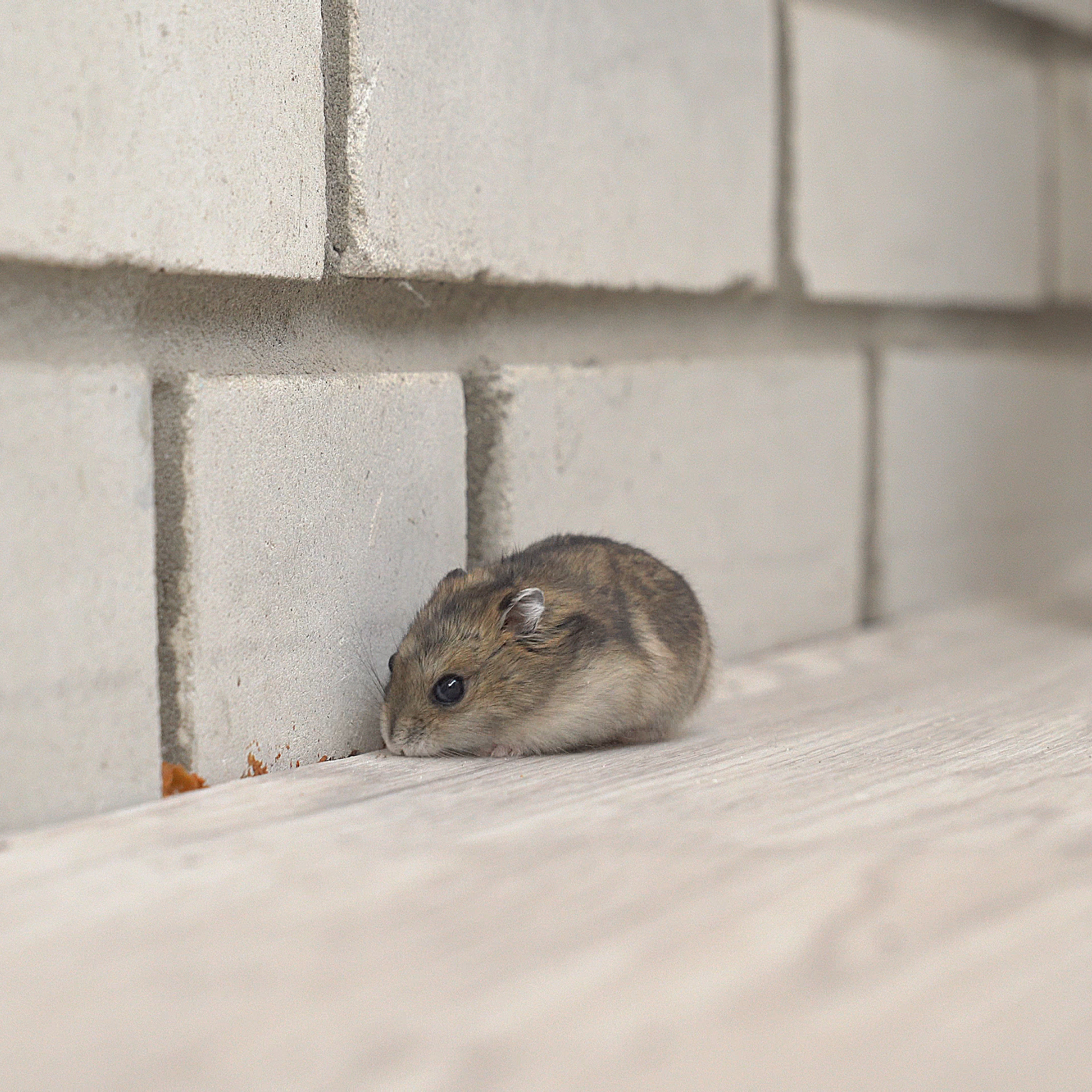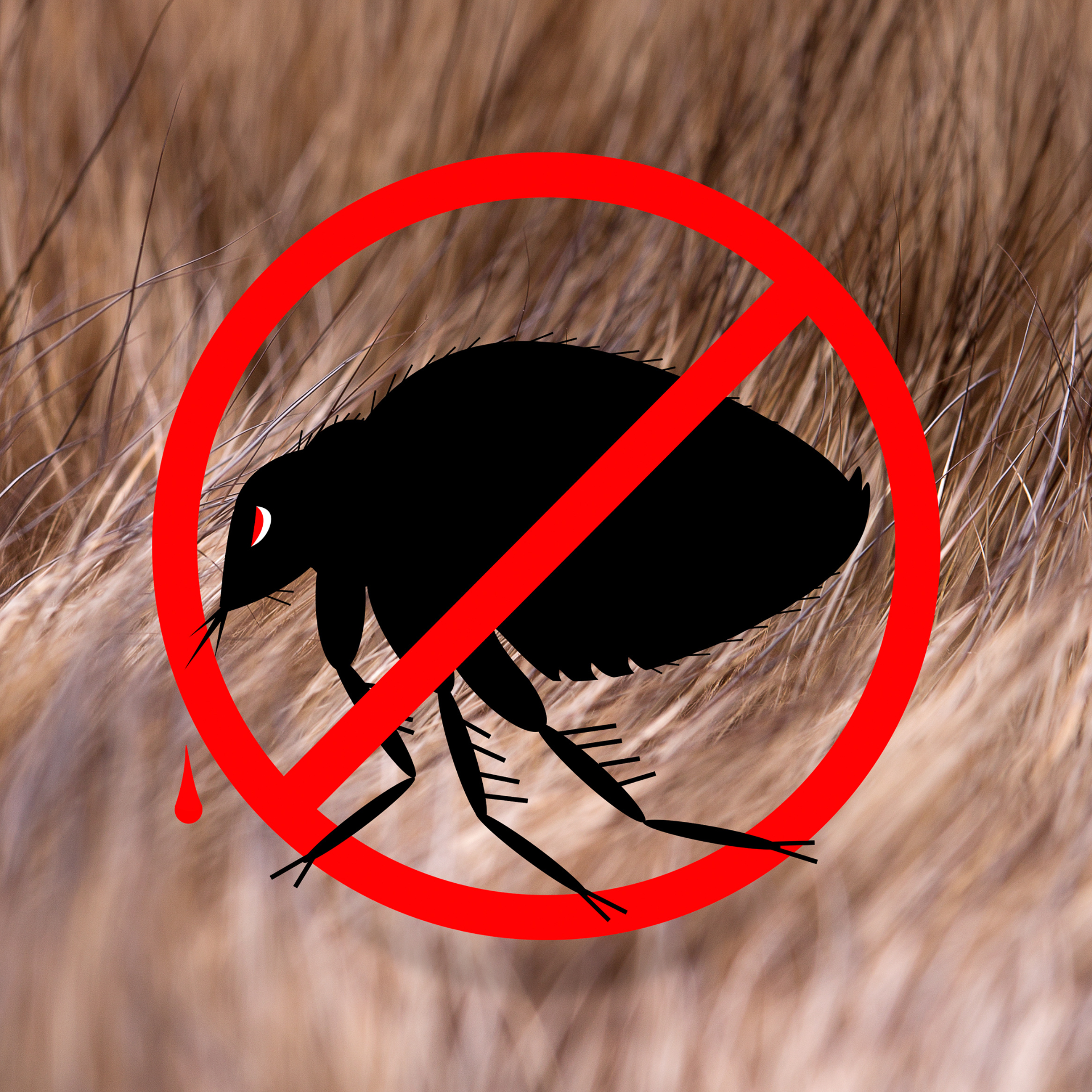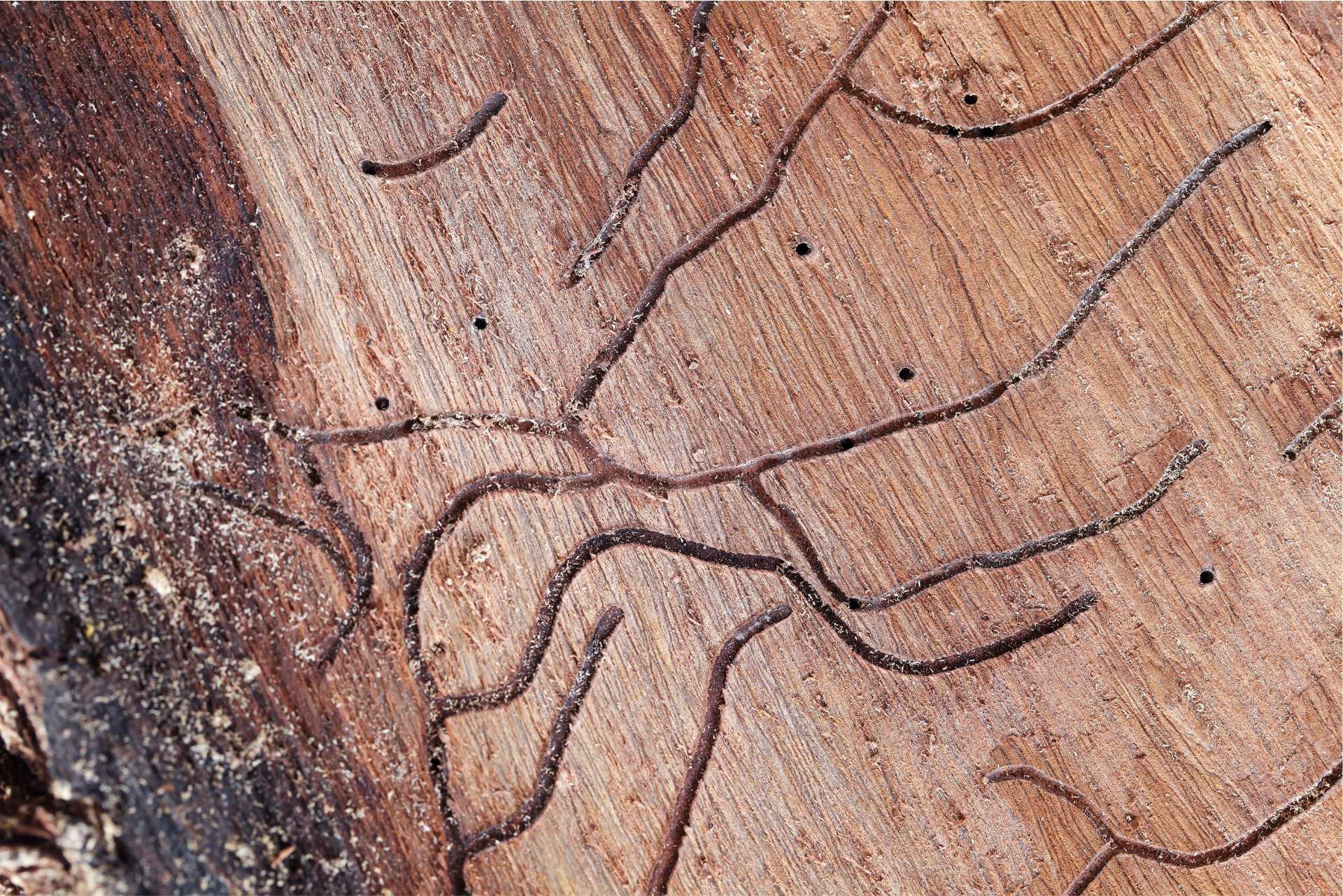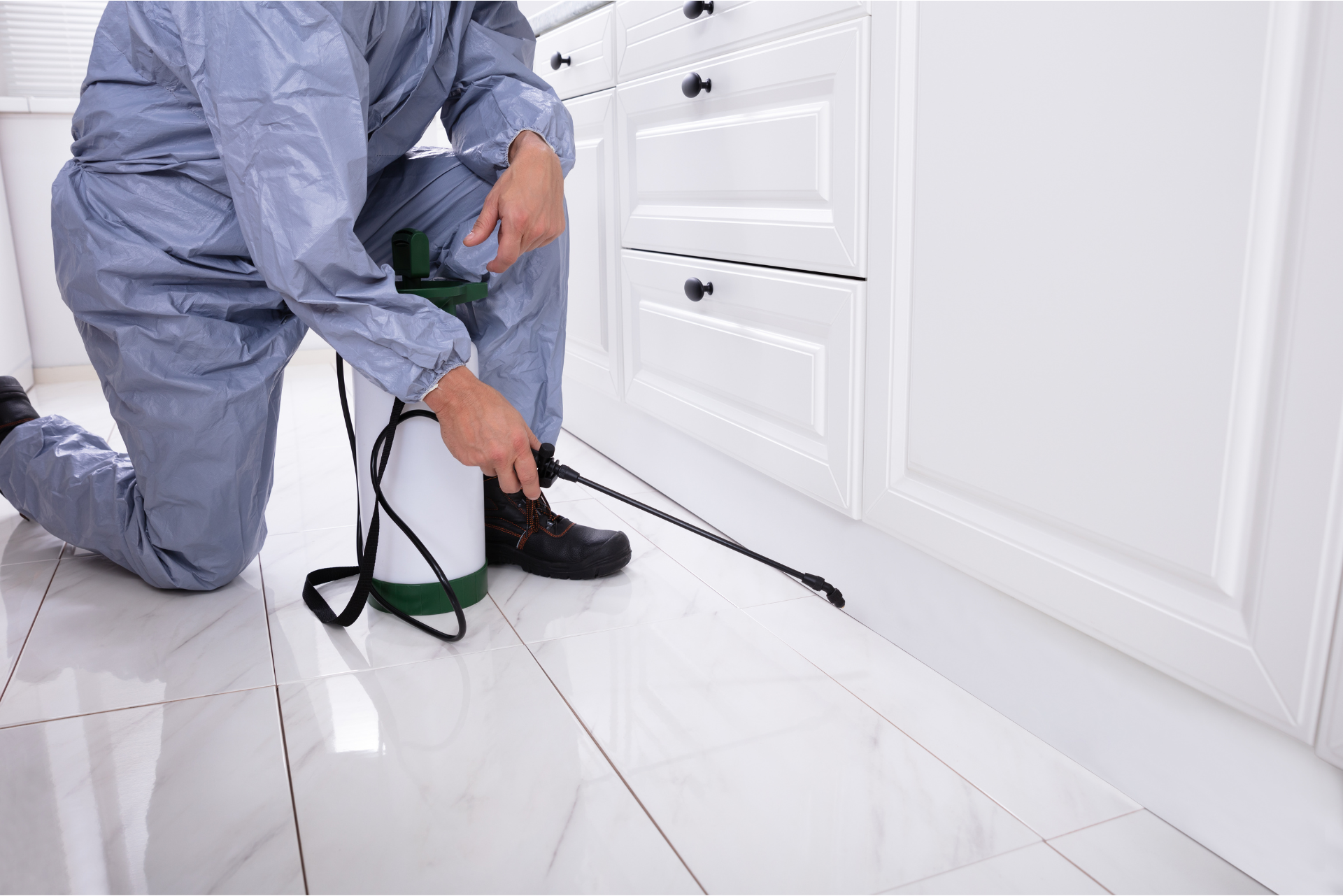Common Household Pests: Identification and Prevention
Common Household Pests: Identification and Prevention
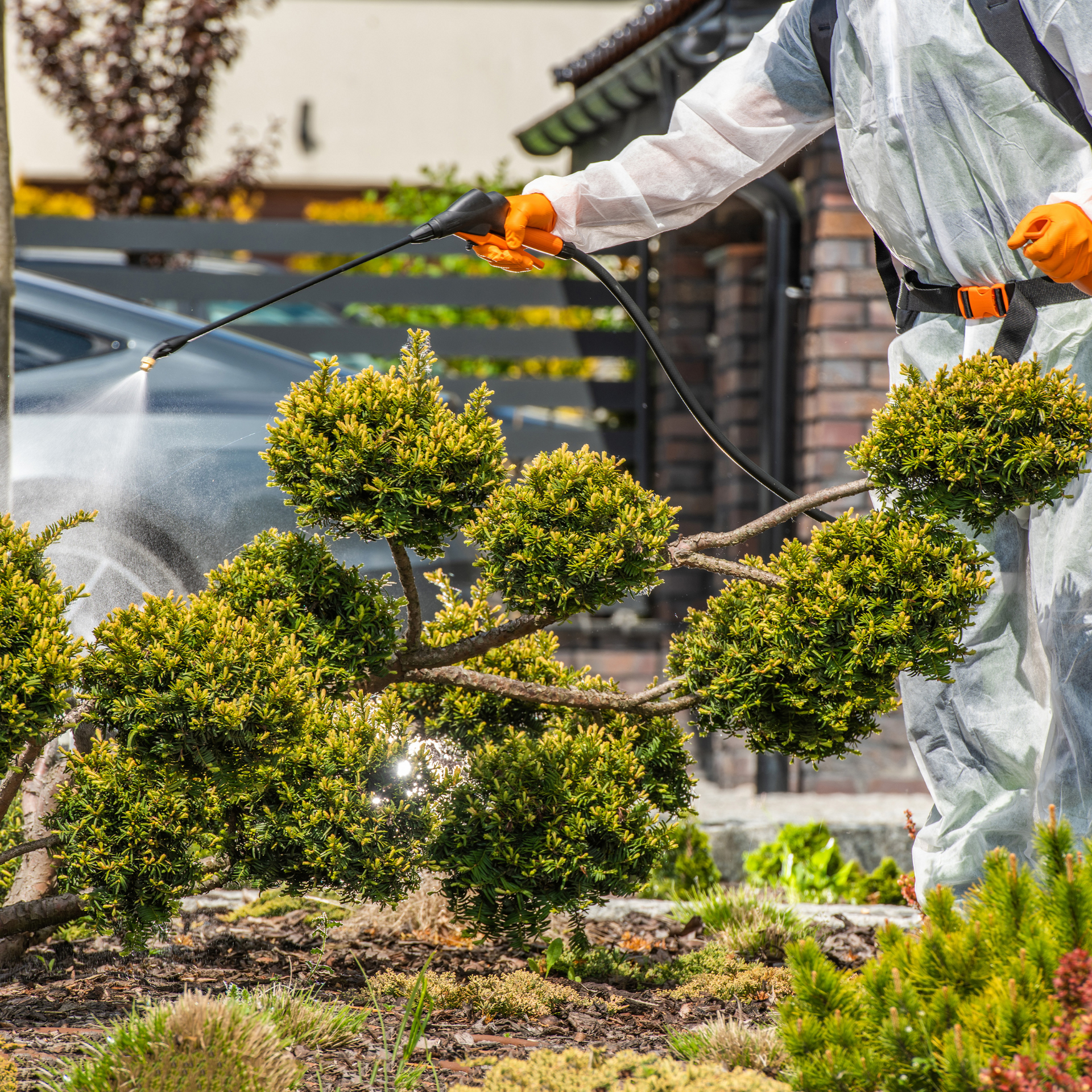
Keeping your home pest-free is essential for both your comfort and health. Understanding how to identify common household pests, along with effective prevention strategies, can help you take control of your living space. Here, we’ll delve into some of the most common pests found in homes, how to recognize them, and what you can do to keep them at bay.
1. Ants
Identification:
Ants are small insects that usually range in size from 1/8 to 1/2 inch. They can be black, red, or brown, depending on the species. Carpenter ants, for example, are larger and typically black, while fire ants are smaller and reddish-brown.
Signs of Infestation:
- Trails: Look for small lines of ants traveling to and from a food source.
- Nesting: Check areas like wall voids, under sinks, or near food storage for nests.
Prevention:
- Seal Entry Points: Close gaps around doors, windows, and foundations.
- Keep Food Sealed: Store food in airtight containers and clean up spills immediately.
- Remove Water Sources: Fix leaks and eliminate standing water to deter ants from nesting indoors.
2. Roaches
Identification:
Cockroaches are brown or black and can vary in size, with the German cockroach being about 1/2 inch long and the American cockroach reaching up to 2 inches. They have flat, oval bodies and long antennae.
Signs of Infestation:
- Droppings: Look for small, dark droppings that resemble coffee grounds or black pepper.
- Egg Cases: These brown or black casings are often found in dark, hidden areas.
- Odor: A musty smell can indicate a significant infestation.
Prevention:
- Maintain Cleanliness: Regularly clean kitchens and dining areas to remove food debris.
- Seal Cracks and Crevices: Close any gaps around windows, doors, and pipes.
- Proper Waste Disposal: Keep trash cans covered and dispose of garbage regularly.
3. Rodents (Mice and Rats)
Identification:
Mice are small, typically about 2 to 4 inches long with large ears and a pointed snout. Rats are larger, with a robust body and a blunt snout. Both have long tails, and while mice have a slightly hairy tail, rat tails are scaly and longer.
Signs of Infestation:
- Droppings: Look for small, dark droppings near food sources and entry points.
- Gnaw Marks: Chewed wires, furniture, or food packages can indicate rodent activity.
- Nests: Rodents often create nests from shredded paper or fabric in hidden areas.
Prevention:
- Seal Entry Points: Close holes and gaps in walls, floors, and foundations with steel wool or caulk.
- Proper Food Storage: Store food in sealed containers and keep pantry areas tidy.
- Declutter: Remove clutter from your home that can serve as nesting materials or hiding spots.
Conclusion
By learning to identify these common household pests and implementing preventive measures, you can protect your home from unwanted invaders. Regular maintenance and vigilance are key to keeping your living environment safe and comfortable. If you find yourself dealing with a pest problem that you can’t manage on your own, don’t hesitate to contact professionals for effective pest control solutions. At Sapphire Pest Control, we’re here to help you reclaim your space from pests, ensuring your home remains a safe haven for you and your family.

